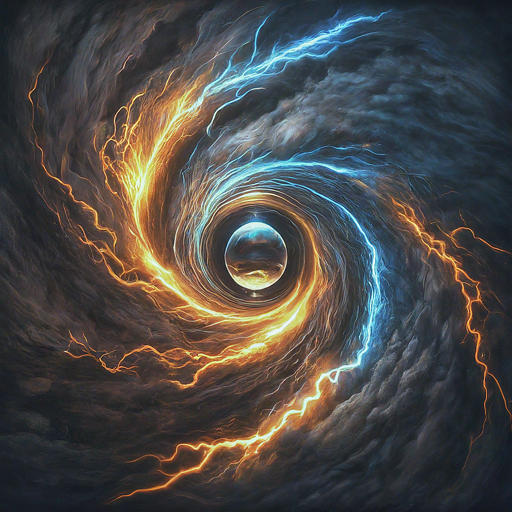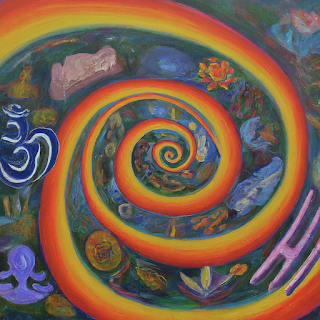[ Part 1] Unraveling the Fabric of Reality: From Newton to Quantum Mechanics

In the grand tapestry of scientific discovery, the evolution from classical physics to quantum mechanics and relativity theory represents a profound shift in our understanding of the universe. This journey, marked by groundbreaking insights and paradigm-shifting concepts, reveals the complex and often counterintuitive nature of reality. At the heart of this scientific revolution was Isaac Newton , whose conception of fixed space and time laid the foundation for classical mechanics. Newton's development of differential calculus and the laws of motion ushered in an era of rigorous determinism , where the cosmos was seen as causal and determinate. Early gaps in these calculations were attributed to divine intervention, a notion later dispensed with by Laplace, who resolved these mathematical inconsistencies. While Newtonian mechanics excelled in explaining fluid dynamics and the theory of heat, it stumbled when confronted with the electromagnetic experiments of Faraday and Maxwell . I...

